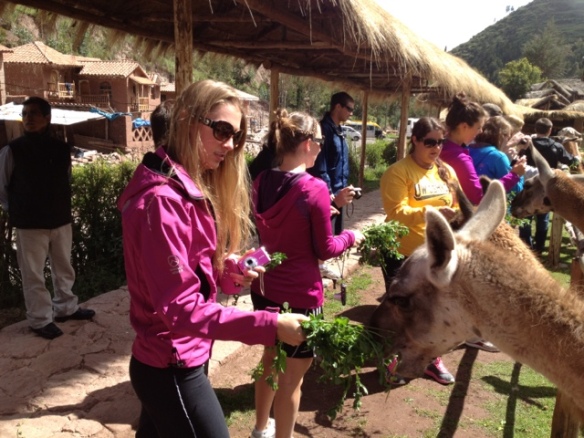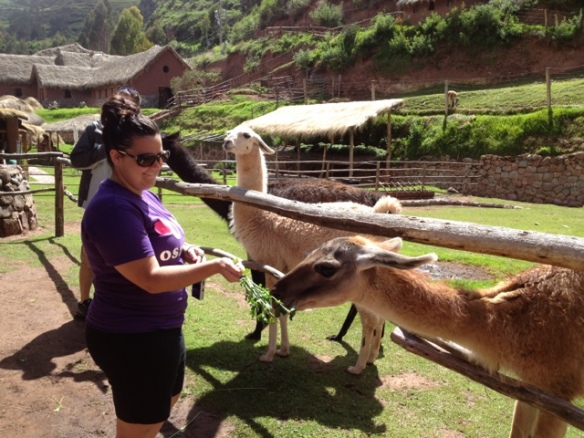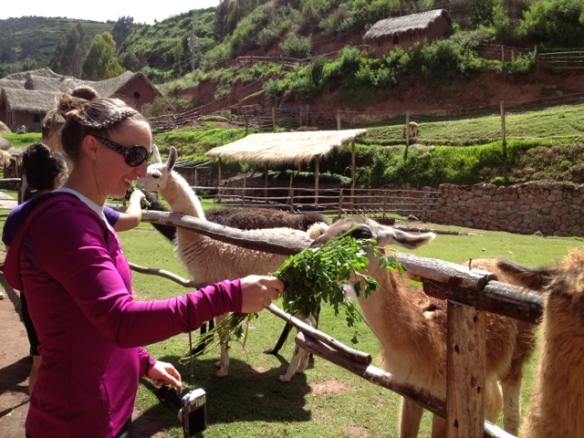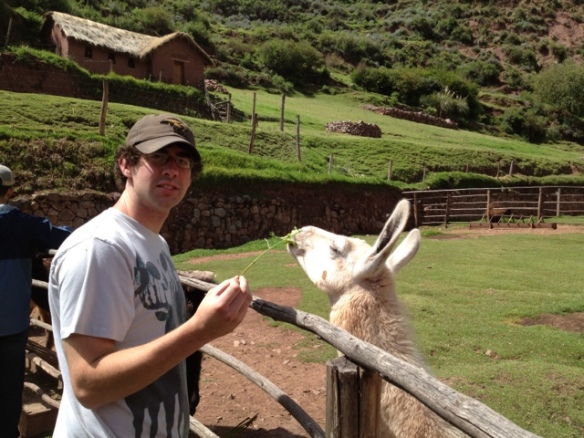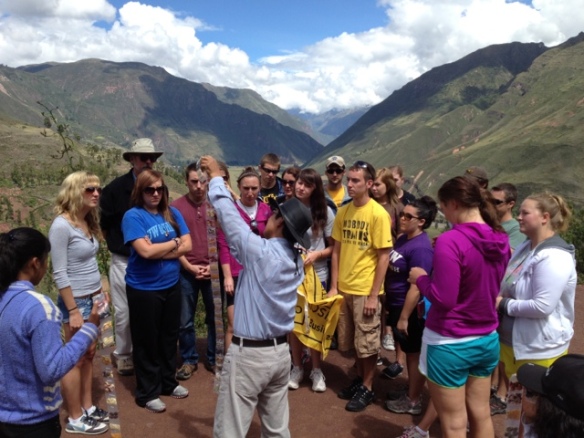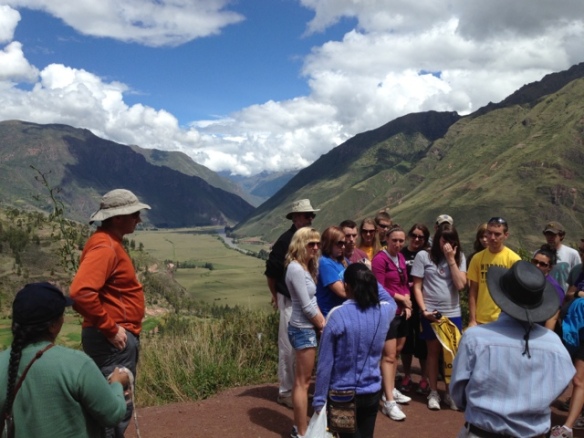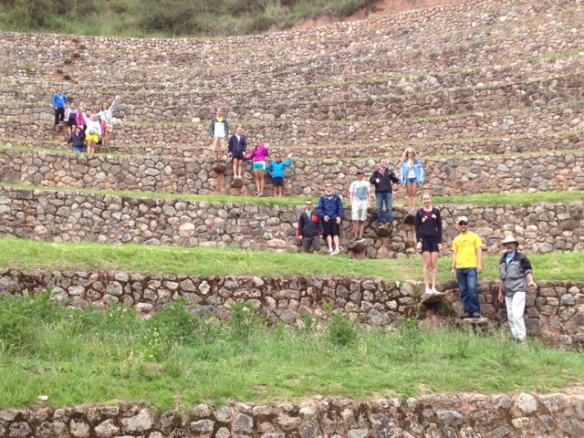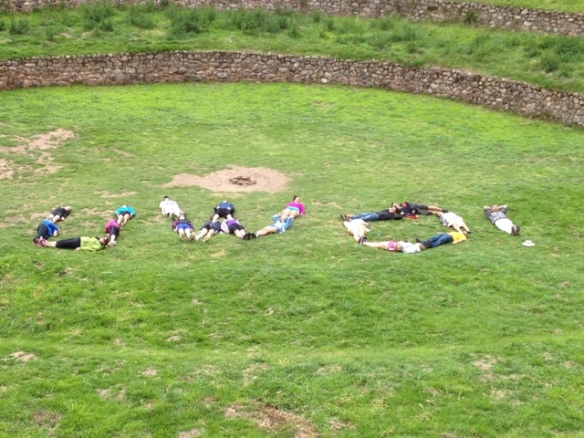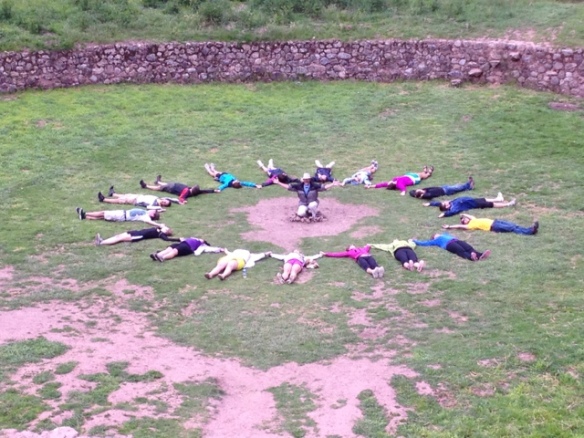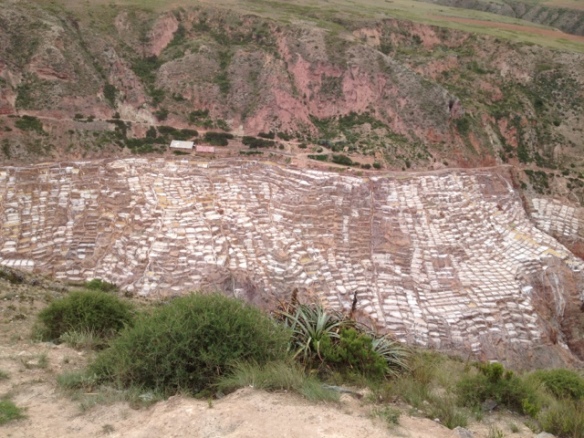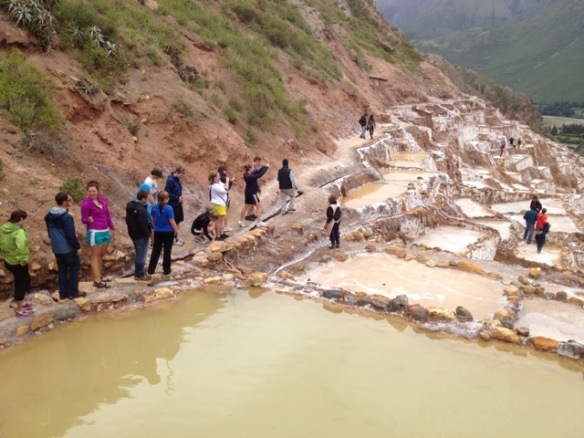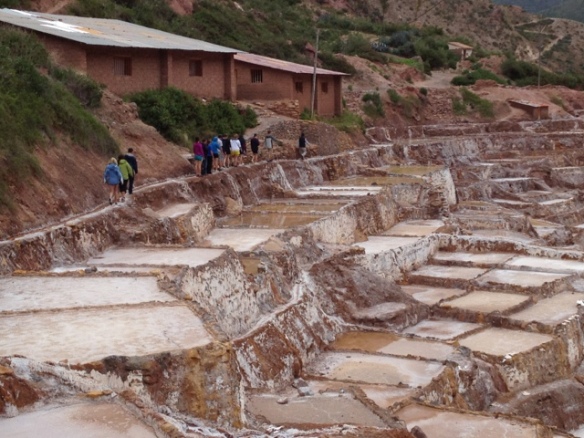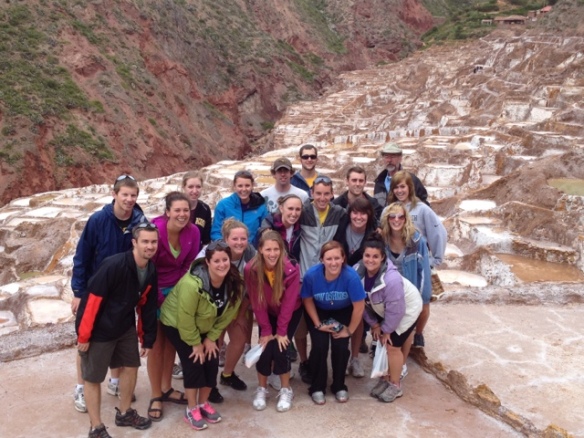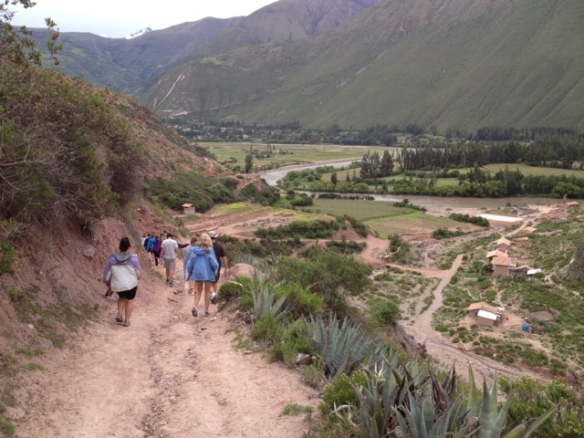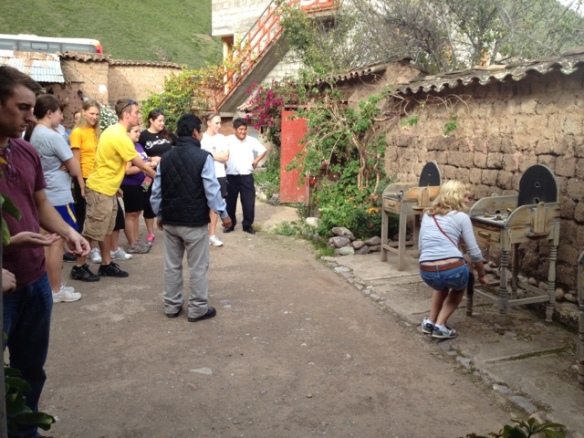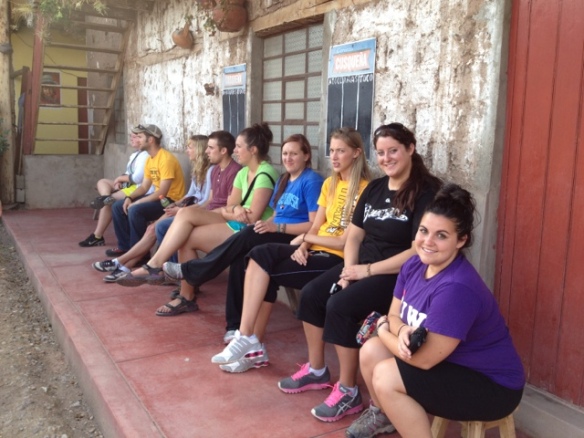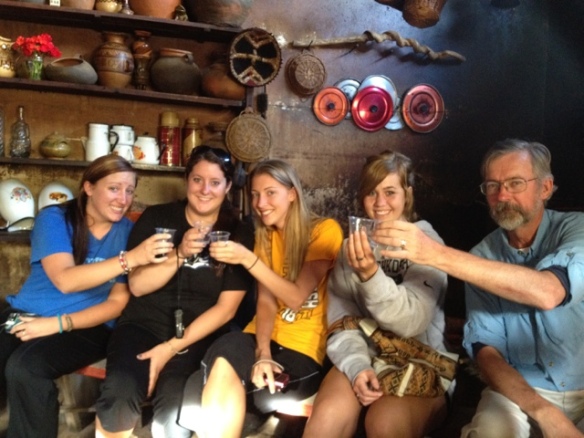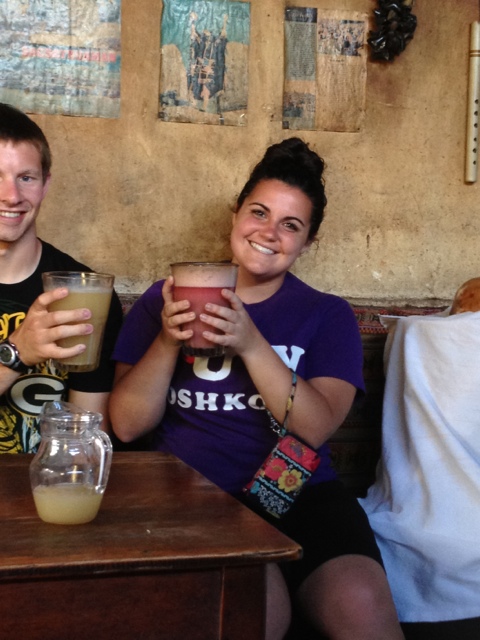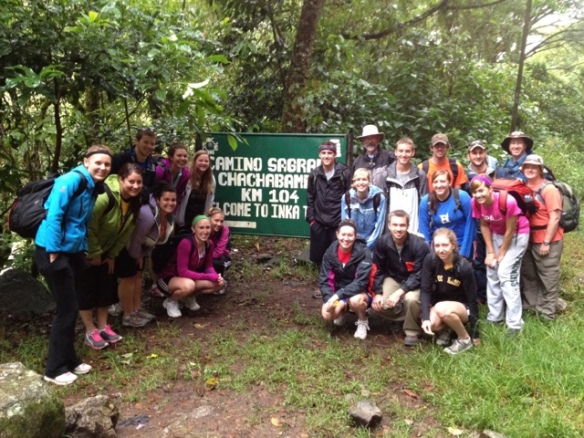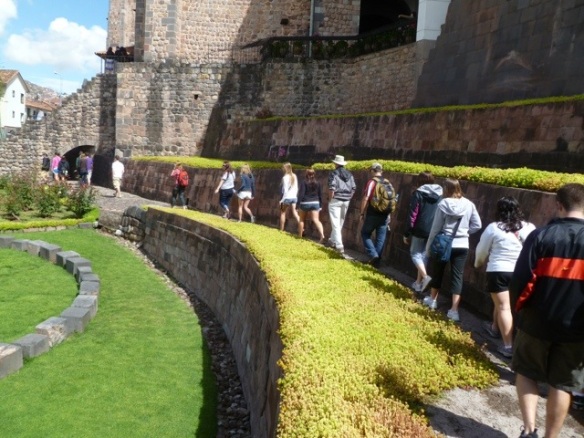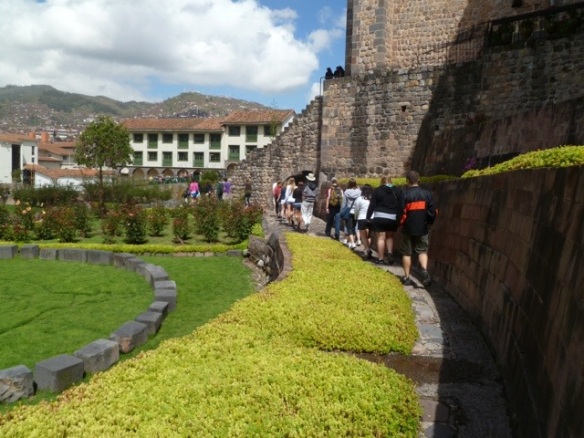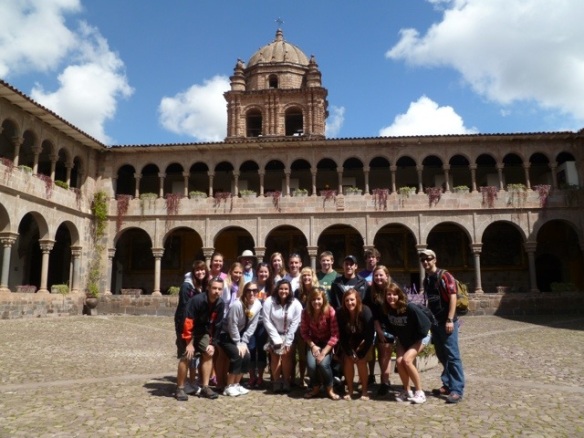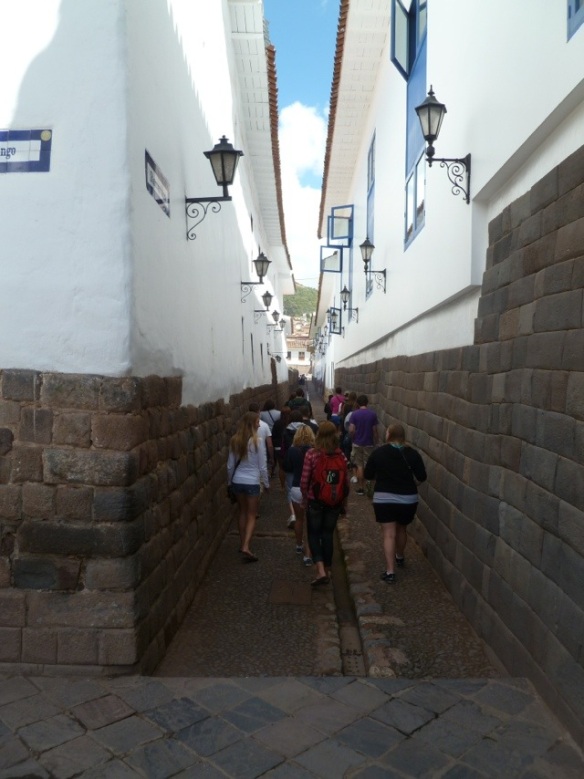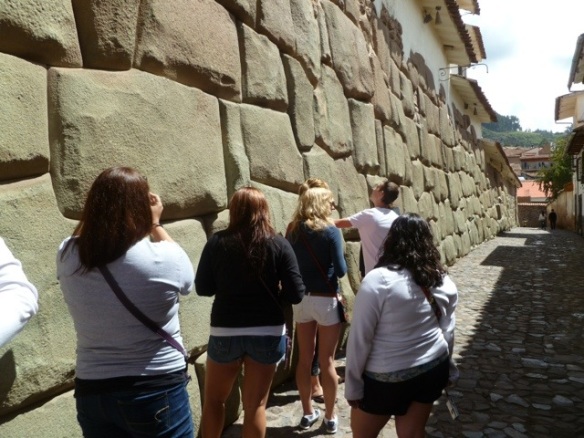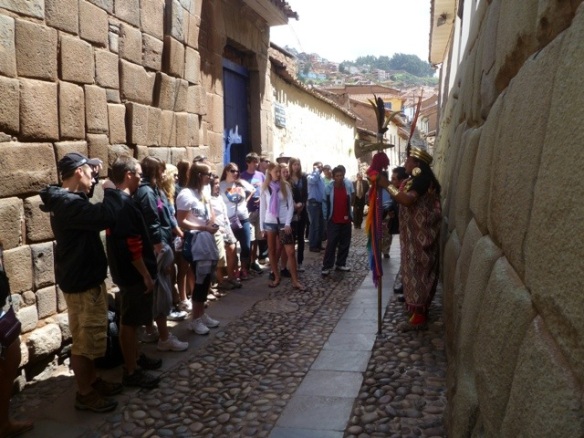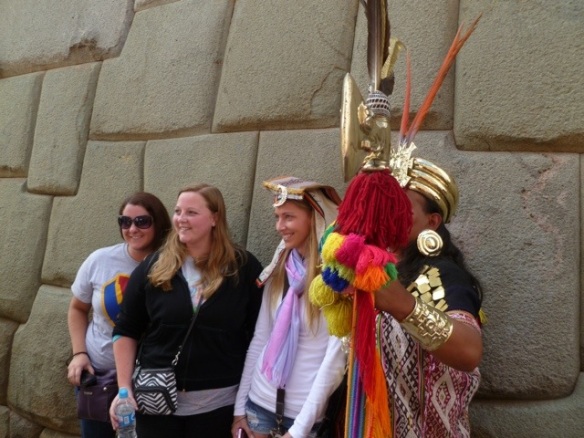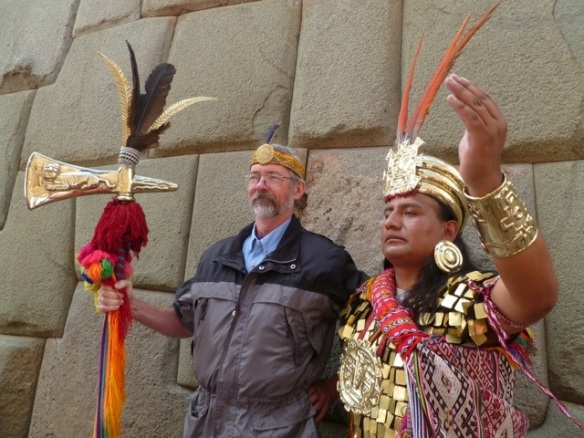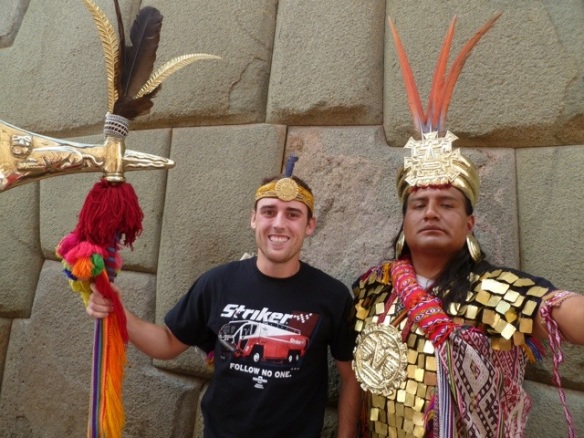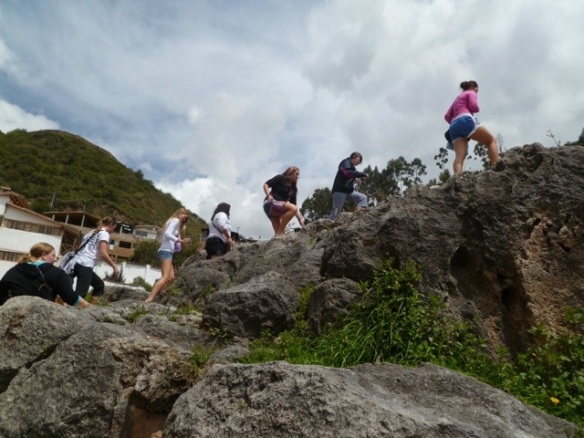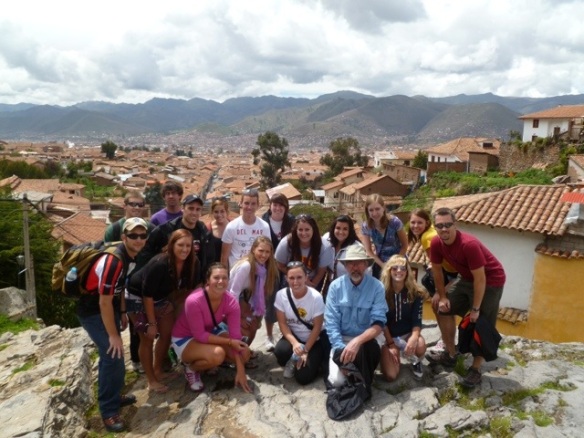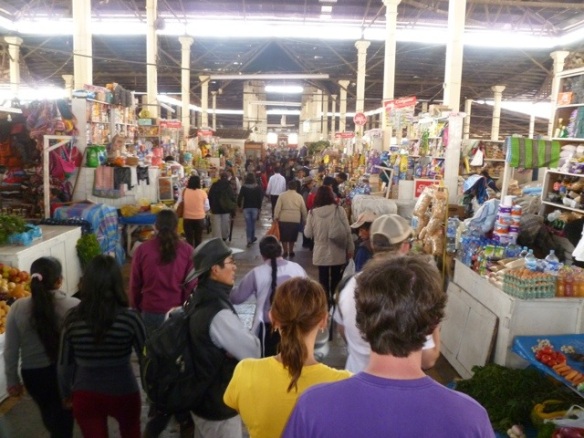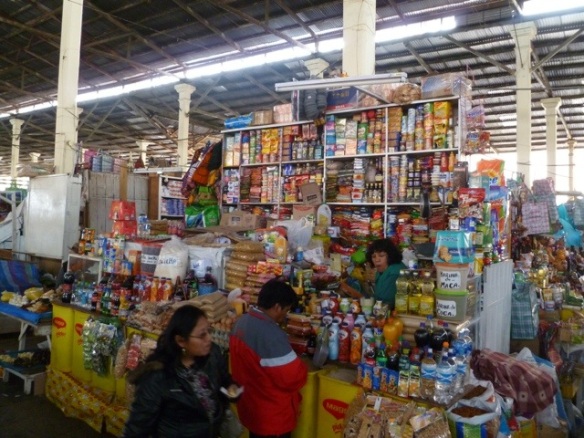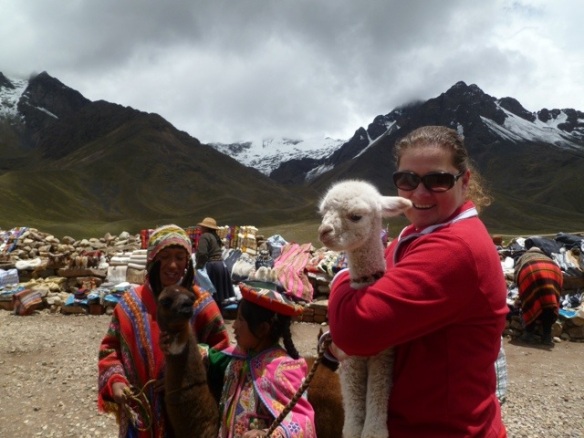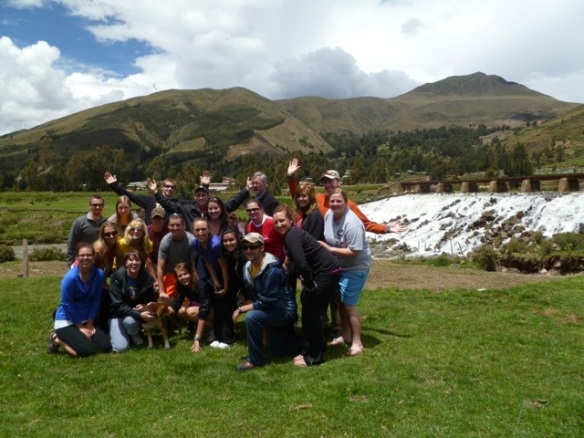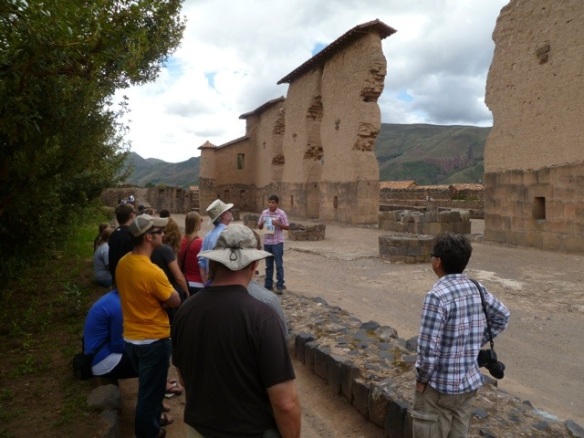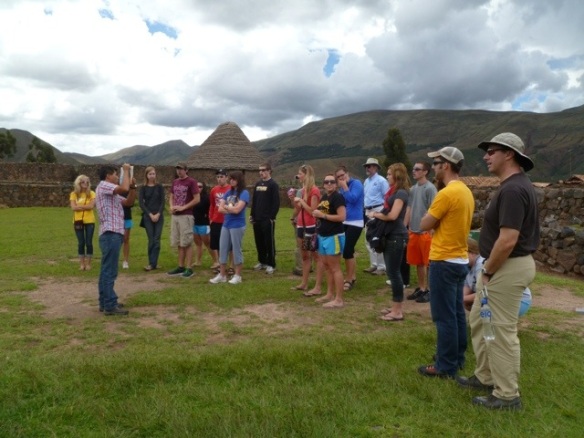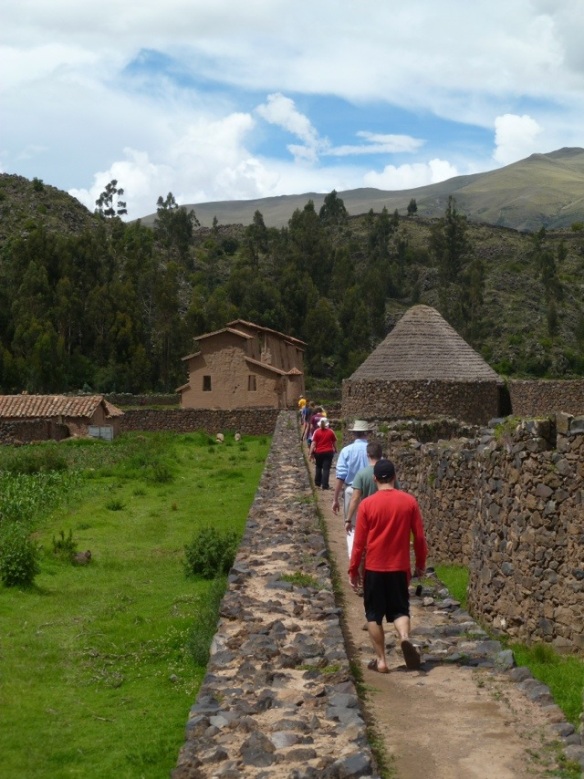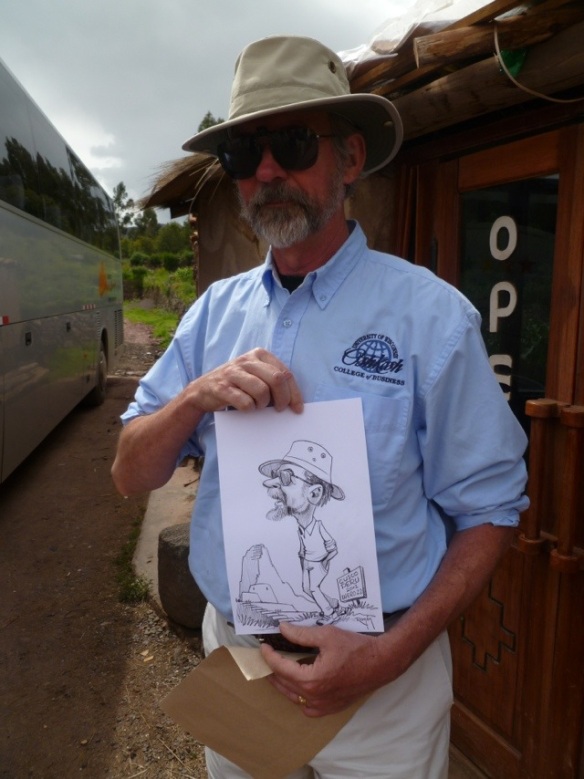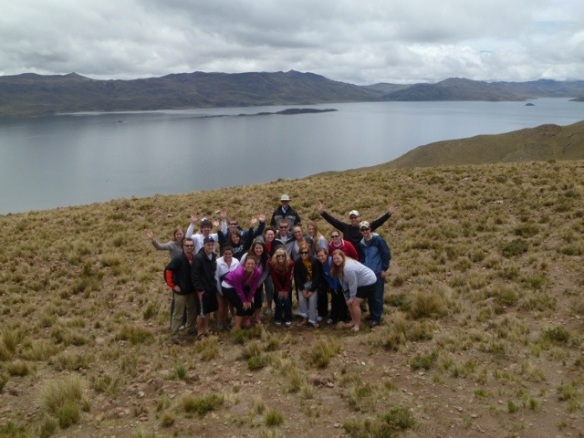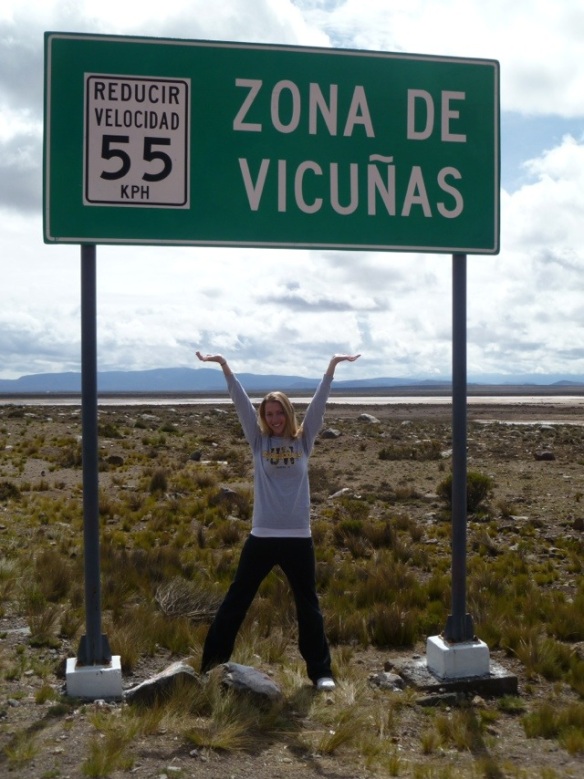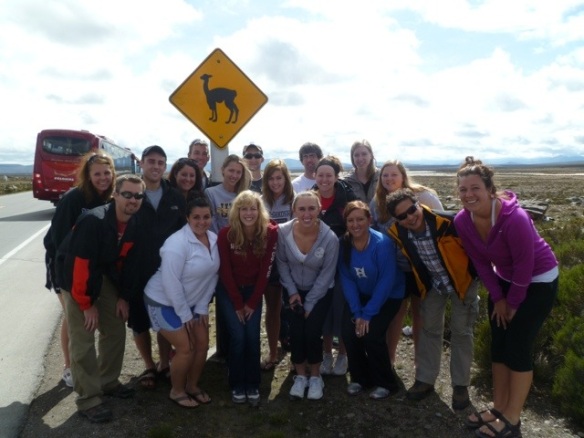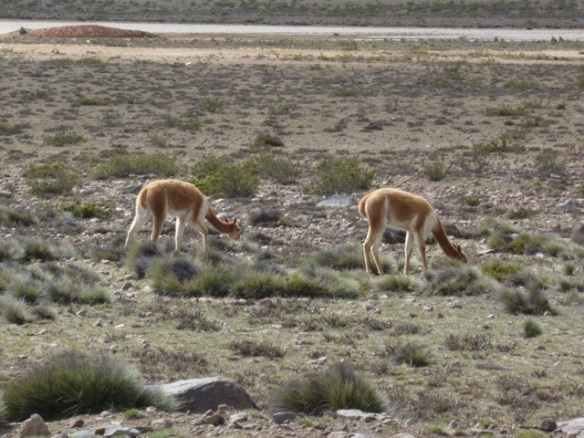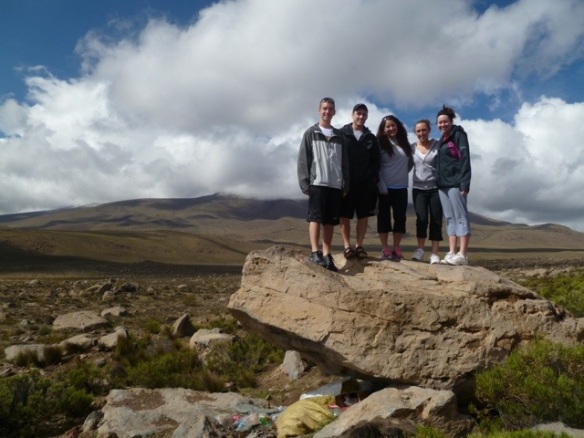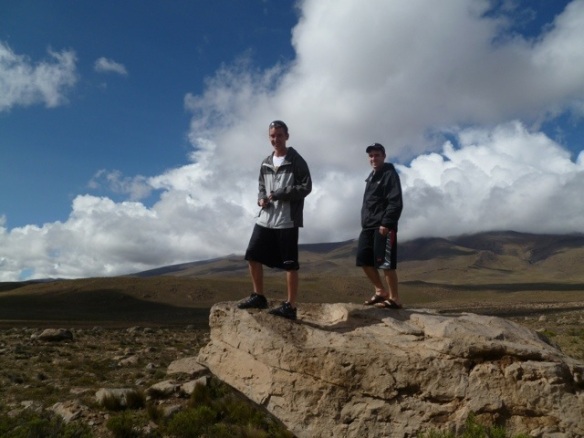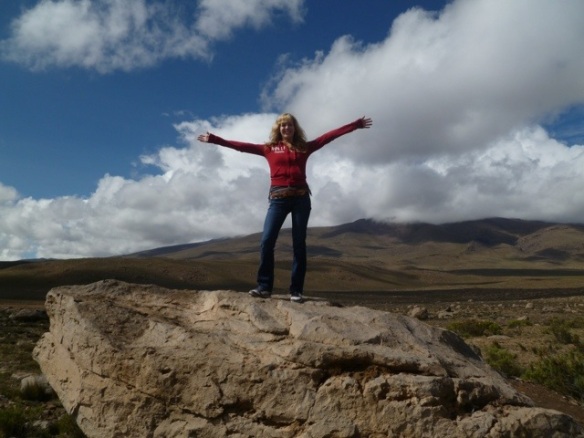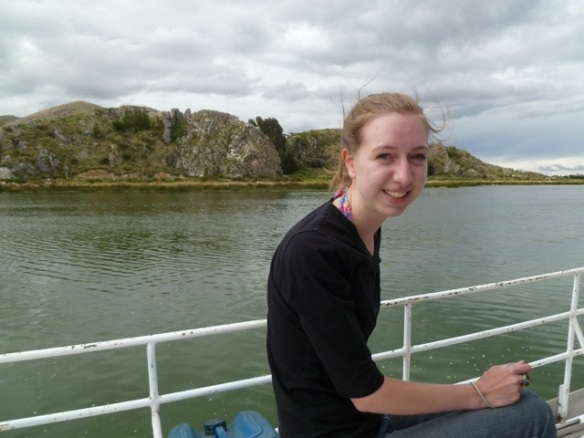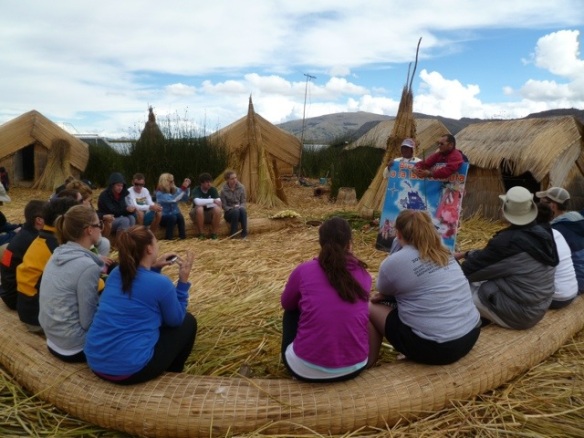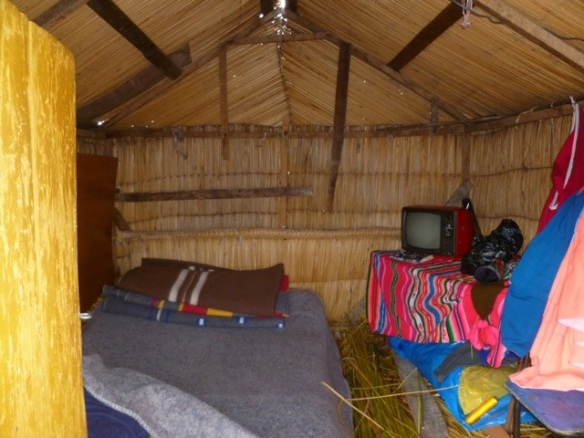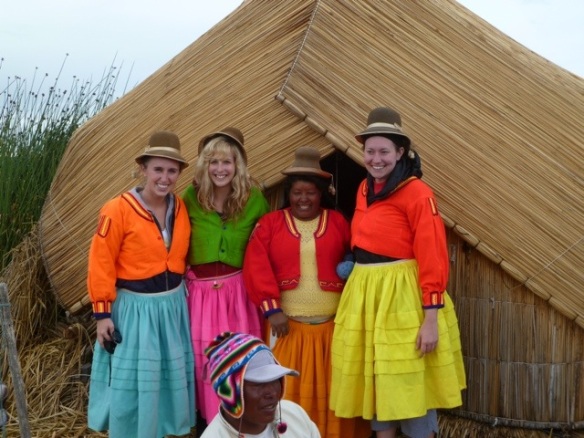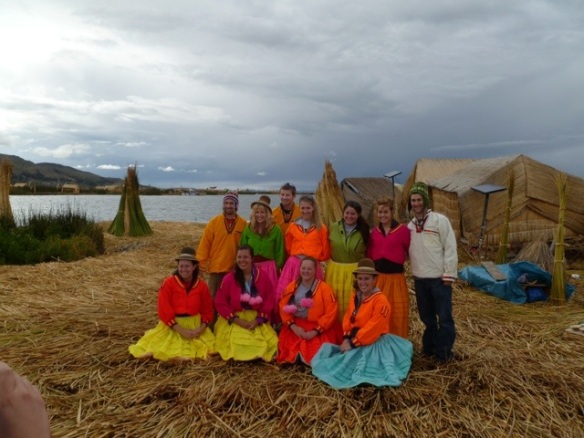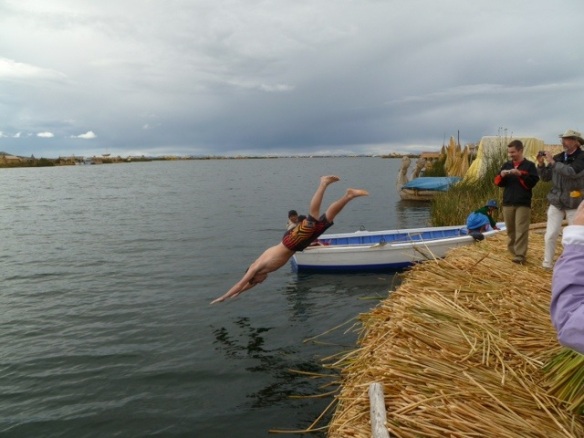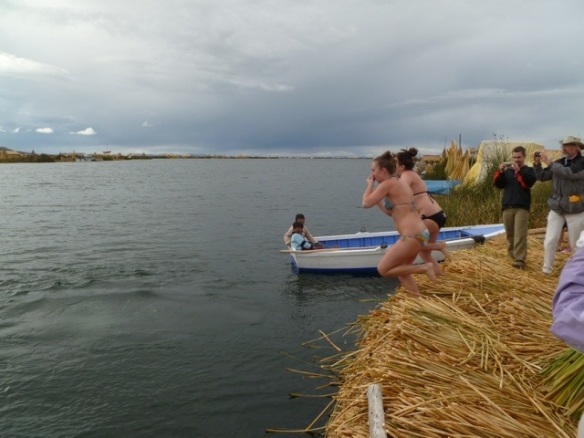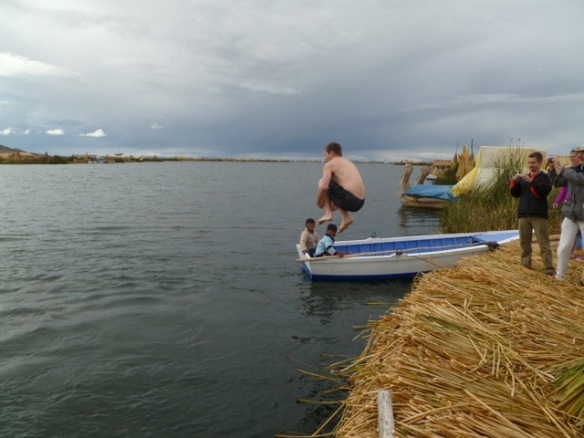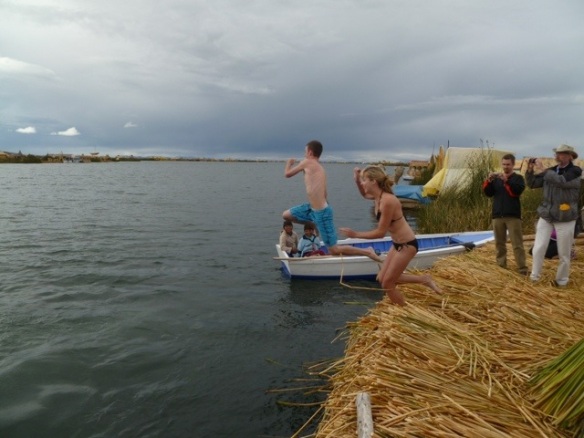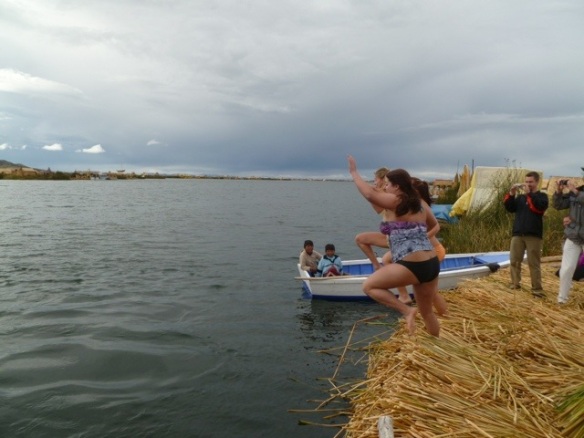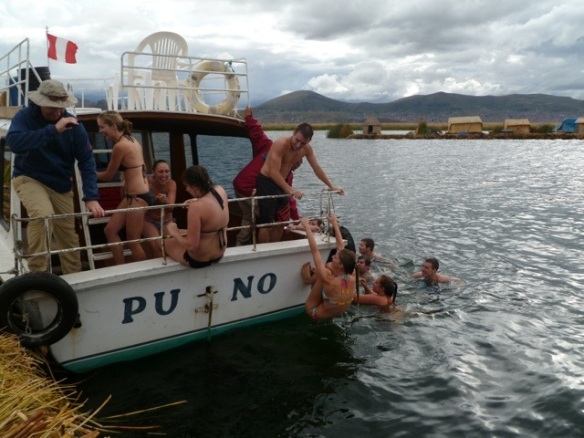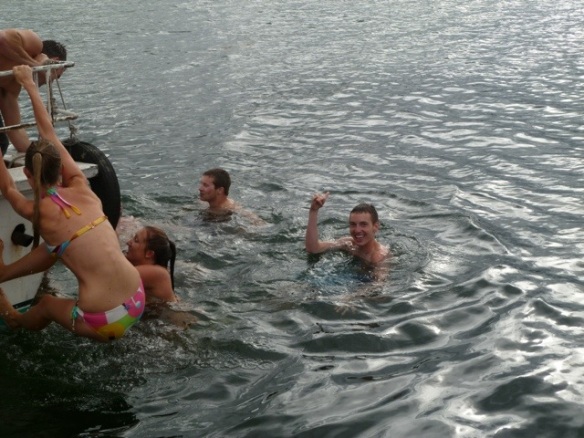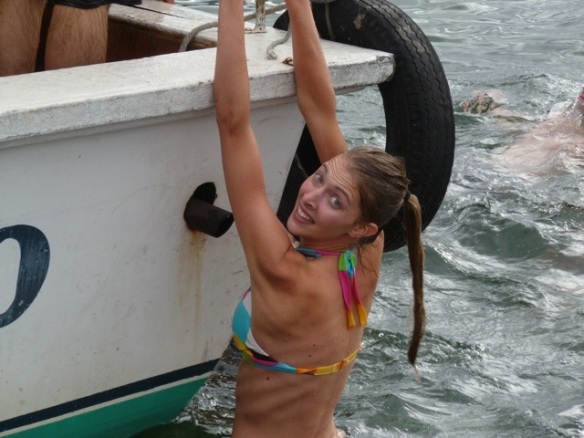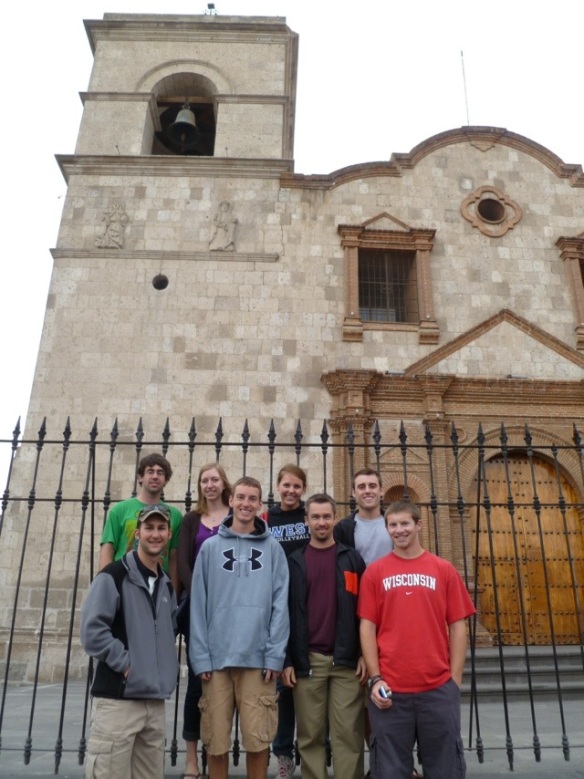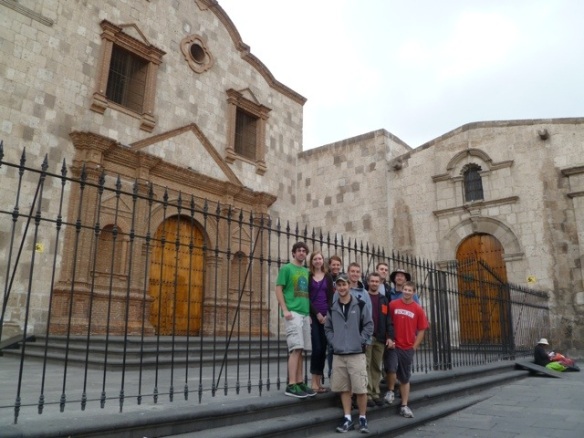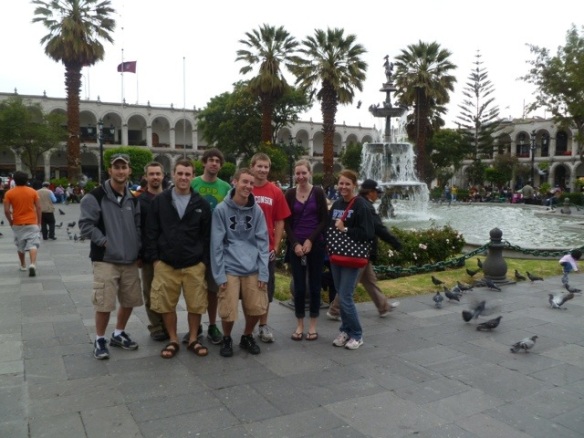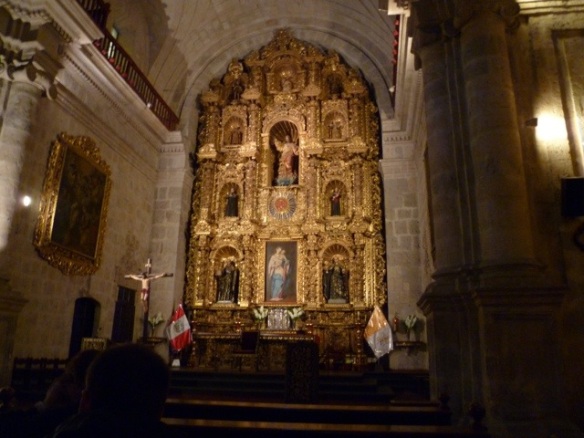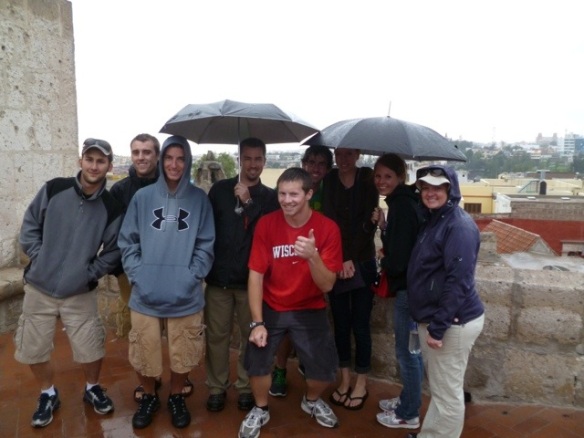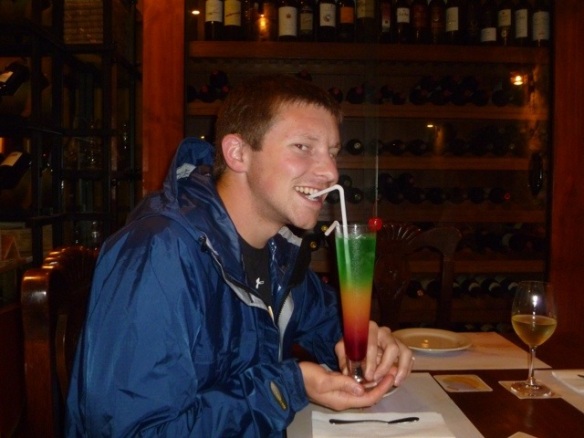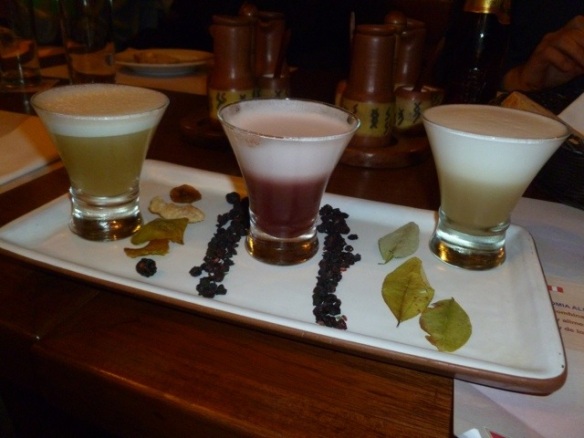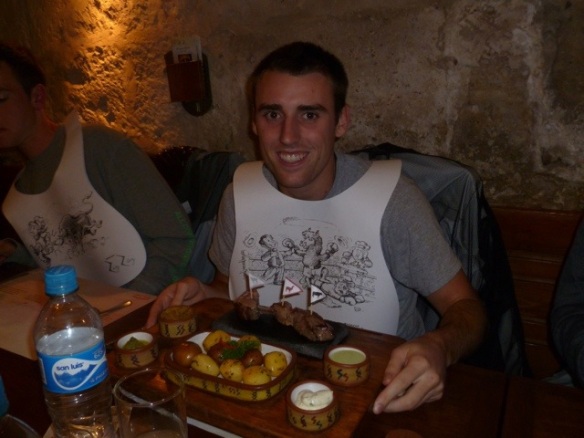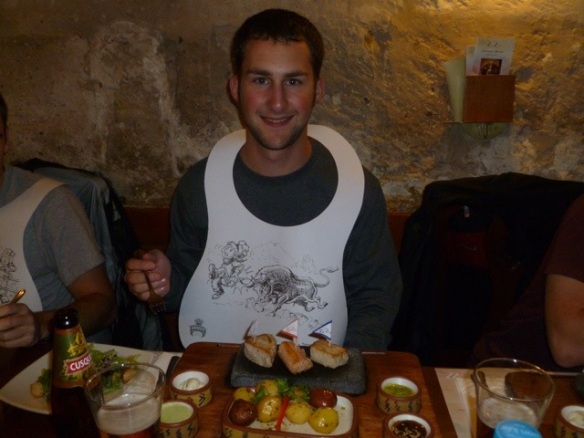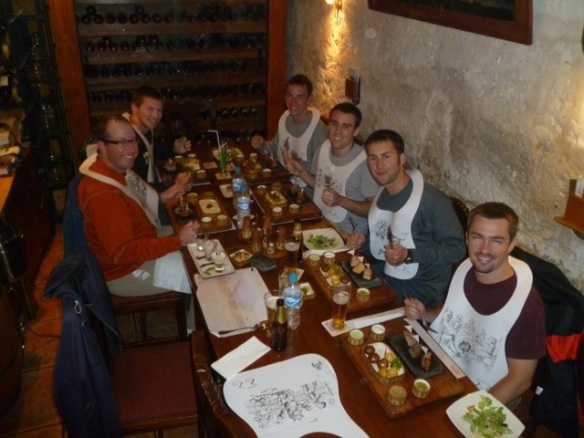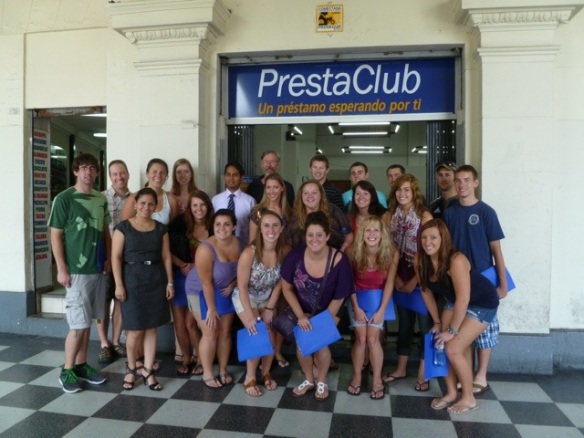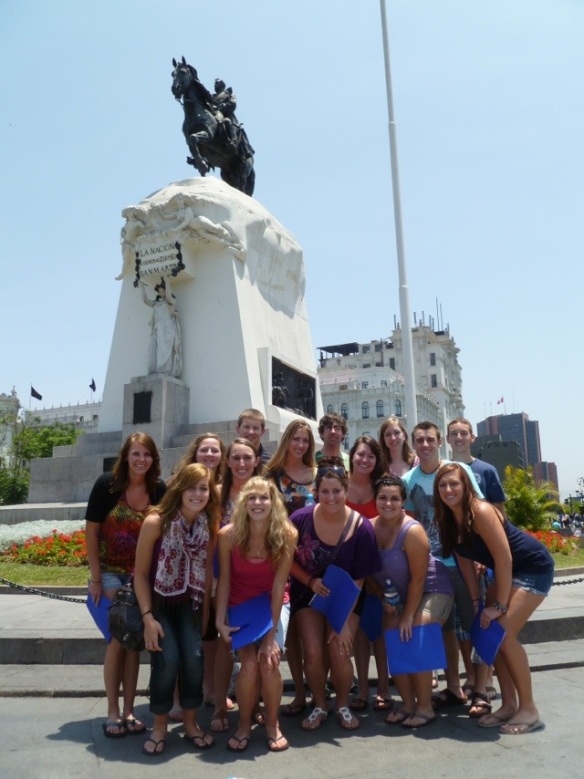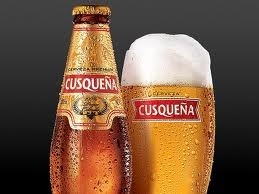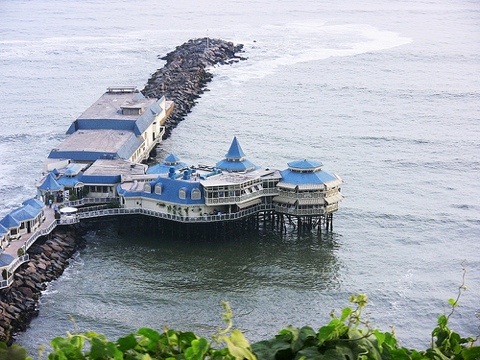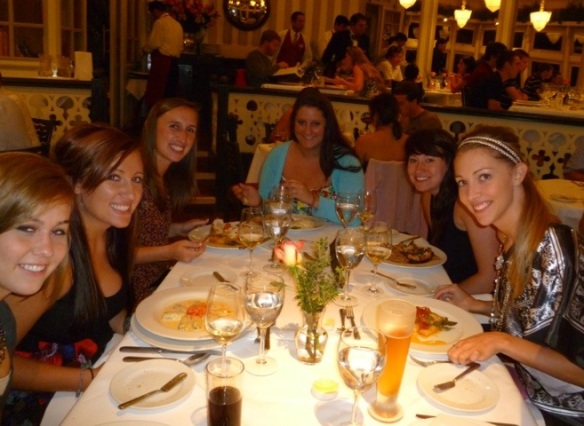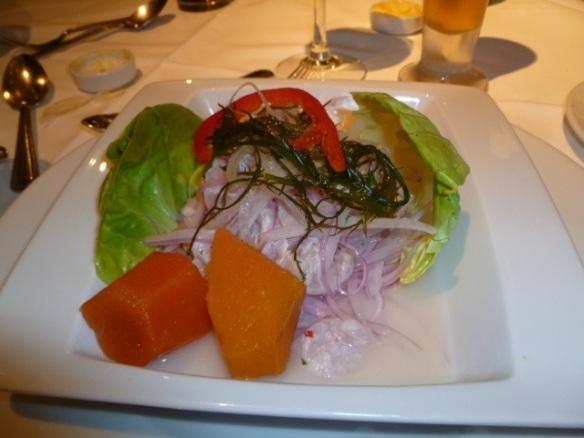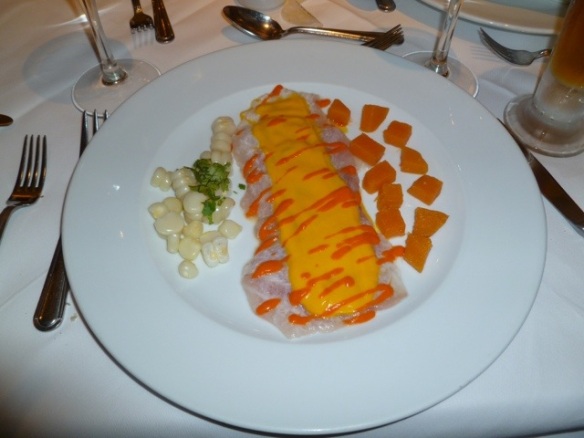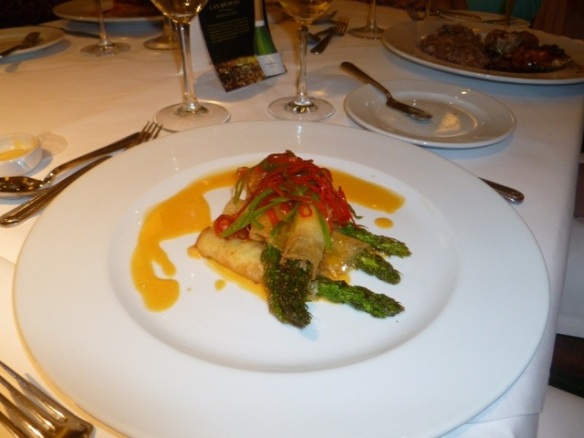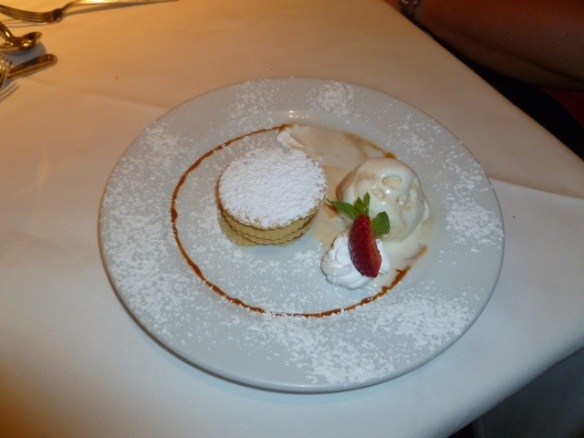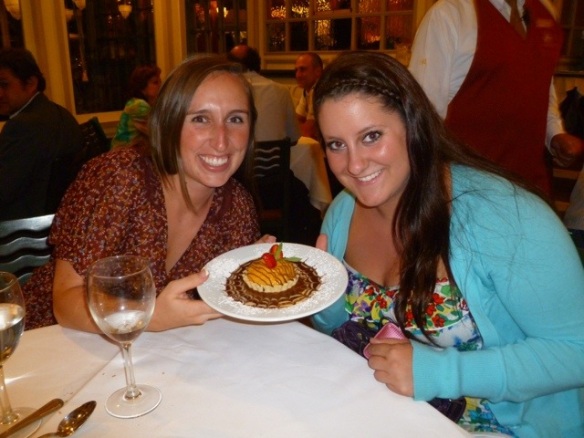We gathered on Thursday morning, January 26, 2012, at 7 a.m. for our bus ride back up to Machu Picchu. Even though it’s only about 5.5 miles, it’s a 20 minute bus ride due to the hairpin turns required to climb that high.
Our guides from the hike the day before, Puma and Lizbeth, broke us into two groups and gave us excellent tours of the ruins with the full history. It’s an incredible place.
As we found during the tour, the Incas really weren’t all that tall!
After our tours, we had free time to explore Machu Picchu on our own and/or head into town to explore the tourist area that is Aguas Calientes. We caught a 6:45 p.m. train back to Ollantaytambo and then boarded a bus for another couple of hours, arriving in Cusco around 10:30 p.m.
We were back up and ready for our 7 a.m. ride to the airport for our flight to Lima, where we had several hours to finish any shopping and catch a last meal, which is what I did. We went to Cala, which is a modern, upscale restaurant that overlooks the beach and ocean. This was probably our best overall meal experience of the trip, so it was fitting that we saved it for last.
Cody had a combination plate that was exquisite. The highlight would have to be the item on the far right – a charcoal grilled octopus that melted in your mouth.
I had one final serving of ceviche and was in heaven.
For dessert, Cody and I shared the Lúcuma Tirimisu, which was a chocolate sphere filled with coffee flan and Bailey’s over a vanilla mirror. Yum!
The students that were with us also shared a dessert. There were really too many to choose from, so they went all out and had the dessert tasting menu, which included five different desserts!
After this final amazing dinner, it was time to collect our bags and say our goodbyes. Augusto Chian, of Happy Tours Perú, was our primary tour coordinator and he did an amazing job putting together the trip of a lifetime for us. We were all so thrilled with our adventure that we all signed our UWO College of Business flag and gave it to him as a very small token for all he did for us. If you ever want to go to Peru, please call Augusto. He’ll make sure your trip is unforgettable!






![photo[1]](https://uwoinperu.files.wordpress.com/2012/01/photo1.jpg?w=584&h=778)

![photo[3]](https://uwoinperu.files.wordpress.com/2012/01/photo3.jpg?w=584&h=438)
![photo[2]](https://uwoinperu.files.wordpress.com/2012/01/photo21.jpg?w=584&h=778)







